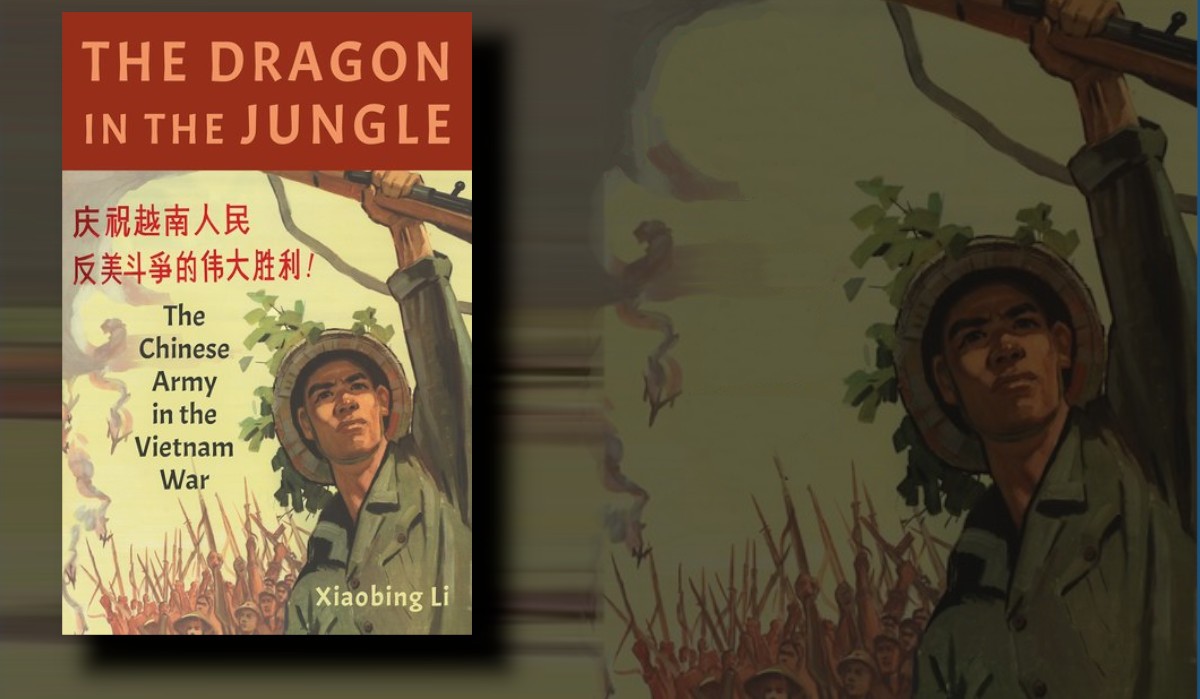Volume 21 Number 2
Foreword
Command is central to the Army profession. The Australian Defence Glossary defines command as ‘the authority which a commander in the military lawfully exercises over subordinates by virtue of rank or assignment.’ It notes that command also includes responsibility for resources, coordination and control of military forces, and the health, welfare, morale and discipline of assigned personnel.
How leaders command changes with the character of war. Lawrence Freedman observes in Command on War that there is no universal balance between the political and the military, between speed and security or the hundred other tensions that bedevil the practice of command. Professional military knowledge includes a working knowledge of these tensions and the extent to which the character of any war might aggravate them. This edition of the Army Journal deals with how command interacts with artificial intelligence and new battlefield geometries and environments. Using the Armed Forces of Ukraine as a model, Dr Jack Watling emphasises lateral, rather than vertical integration of force elements and the consequences for mission command. He articulates the impacts of battlefield transparency, contested and congested electromagnetic spectrum, mass precision strike, dispersion of forces and complex terrain with a clarity and fidelity that means this is a must read for company commanders, force structure and capability planners.
Two authors discuss command challenges of robotic, autonomous and artificial intelligence (RAS-AI) capabilities. Dr Zena Assaad explores how the application of human-machine teaming in battle requires careful understanding of the of ‘the human in the loop’, to execute effective mission command. She asks if robots are ‘teammates’ or ‘tools’, and the social implications this has for commanders. Thinking about this issue matters more than the answer.
In one of two articles from our colleagues in the British Army, Major Iain Robinson concludes that RAS-AI technologies will not replace human decision-making but rather ‘augment C2 through human-machine teaming, allowing commanders to make more informed decisions, with greater speed’. He suggests that in the long term, emerging technologies may fundamentally transform the future of warfare. No doubt, they will; they always have; additive to what armies already use and know.
Our second British author, Major Harry Busby argues that while the theory of command; evident in robust command structures, unity of command and clear communication remain unchanging requirements; the predominance of multinational alliances across multiple domains means the practice of command must evolve to accommodate decentralised command, remote command posts and the integration of technology. Dr Ian Langford’s article is, I suspect, a little known case study of disaggregated command and
control over a low-signature, mobile and survivable force elements in the north of Australian and region beyond. It is interesting to note that the Unit in question was commanded by political advisor and anthropologist William Stanner, who had little military experience but based this experiment on his study of German and South African army operations in Africa.
The book reviews in this edition cover Second World War history and new thought in military studies including Dr Jack Watling’s book ‘The Arms of the Future’. We have been privileged to have Dr Watling as the Army Keogh Chair in 2024 and I thank him for his contributions and thought leadership. I am similarly grateful for the articles from Dr Charles Miller and Dr Mark O’Neil on Ukraine and Australia’s strategic policy respectively, Dr Colin Cockroft and Dr Jamie Vovrosh for explaining the need for private and public investment in quantum technology for Army, and Dr Andrew Maher for his examination
of proxy war in Yemen. Finally, Major Gabrielle Taylor's thinking on future Prisoner of War, Internee and Detainee Activities is an important contribution to the preparedness and command accountability considerations.
Happy reading! Please contact the AARC team if you want to take the next step as a contributor.
Brigadier James Davis
Director General Future Land Warfare
Journal Articles
Book Reviews
| Attachment | Size |
|---|---|
| Australian Army Journal 2025 Volume XXI Number 2 (5.71 MB) | 5.71 MB |

Publication Date
2025
Publication Identifiers
ISSN (Digital) 2200-0992
ISSN (Print) 1448-2843
https://doi.org/10.61451/21020











